With the endless list of advantages, one might think that heated floors are too good to be true. However, there’s a catch. Heated bathroom floors, as great as they are, do have a few drawbacks to be aware of. But then again, as the lists indicate, the pros far outweigh the cons. Either way, It’s worth taking a look at the disadvantages of heated flooring, as few as they may be.
Complex Installation
Whether you’re going for an electric or a hot water radiant system, the installation process can be rather time-consuming. This is because it involves removing the flooring material to install the components. The procedure of tearing apart your flooring is no doubt inconvenient. As a matter of fact, the whole installation is somewhat complex and warrants the expertise of a skilled professional. The end result, however, is definitely worth the inconvenience.
Inconvenient Repairs
While heated bathroom flooring doesn’t entail any maintenance, you can expect the occasional repair — albeit rarely. A licensed expert will use a thermal camera to detect the issue should you notice that the floor isn’t warming as it should. A problem in the heating elements will require disassembling the floor all over again, making the repair a costly and tedious process. However, there’s no alternative if you want to keep enjoying your heated floors.
Cost
Both electric and hydronic floor heating systems can be on the expensive side, and it really depends on which price point suits your budget. Electric heating, for instance, involves a more budget-friendly installation. However, it’s the operating expenses that may require you to break the bank. Hydronic heating, on the other hand, carries a bigger price tag upfront but its operation is easier on the wallet.
Floor Height Problem
Once the heated flooring is installed, it raises the height of the floor by an inch and a half at the very least — depending on your heating system of choice. This increase in height can sometimes pose a tripping hazard, and it’s why heated floors are best kept for bathrooms.
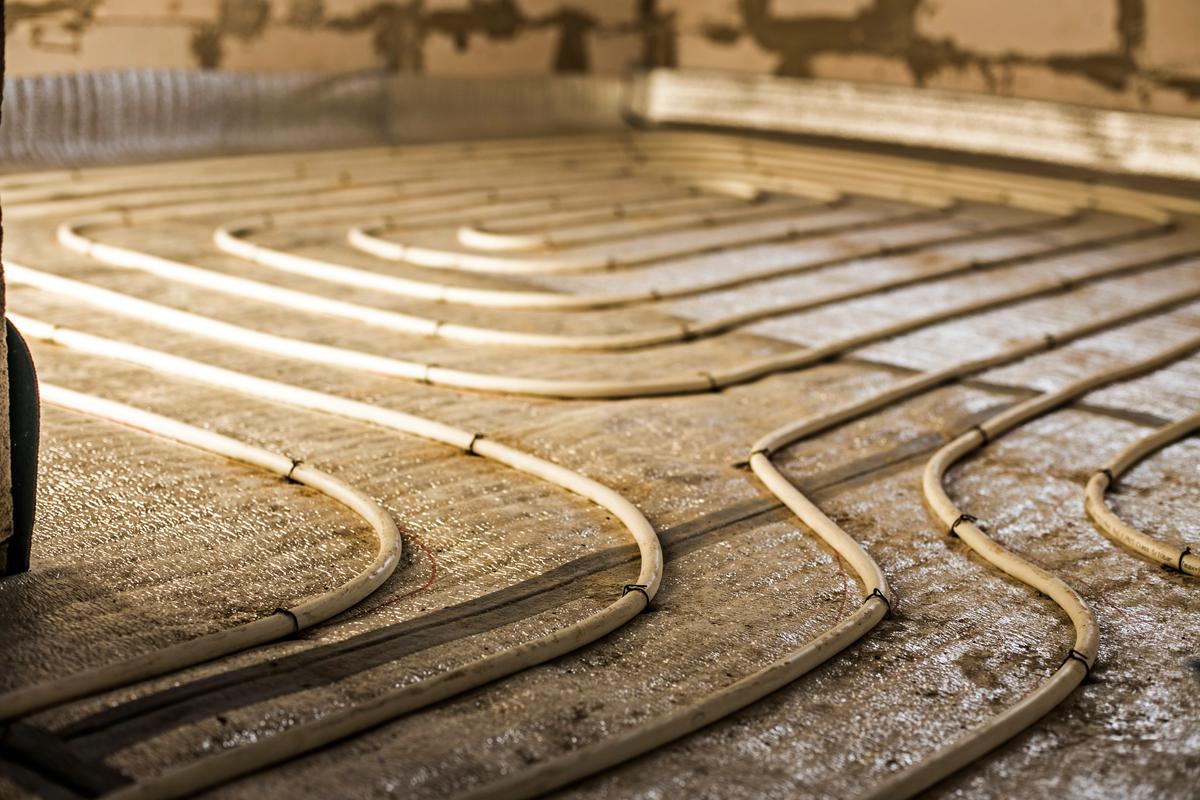
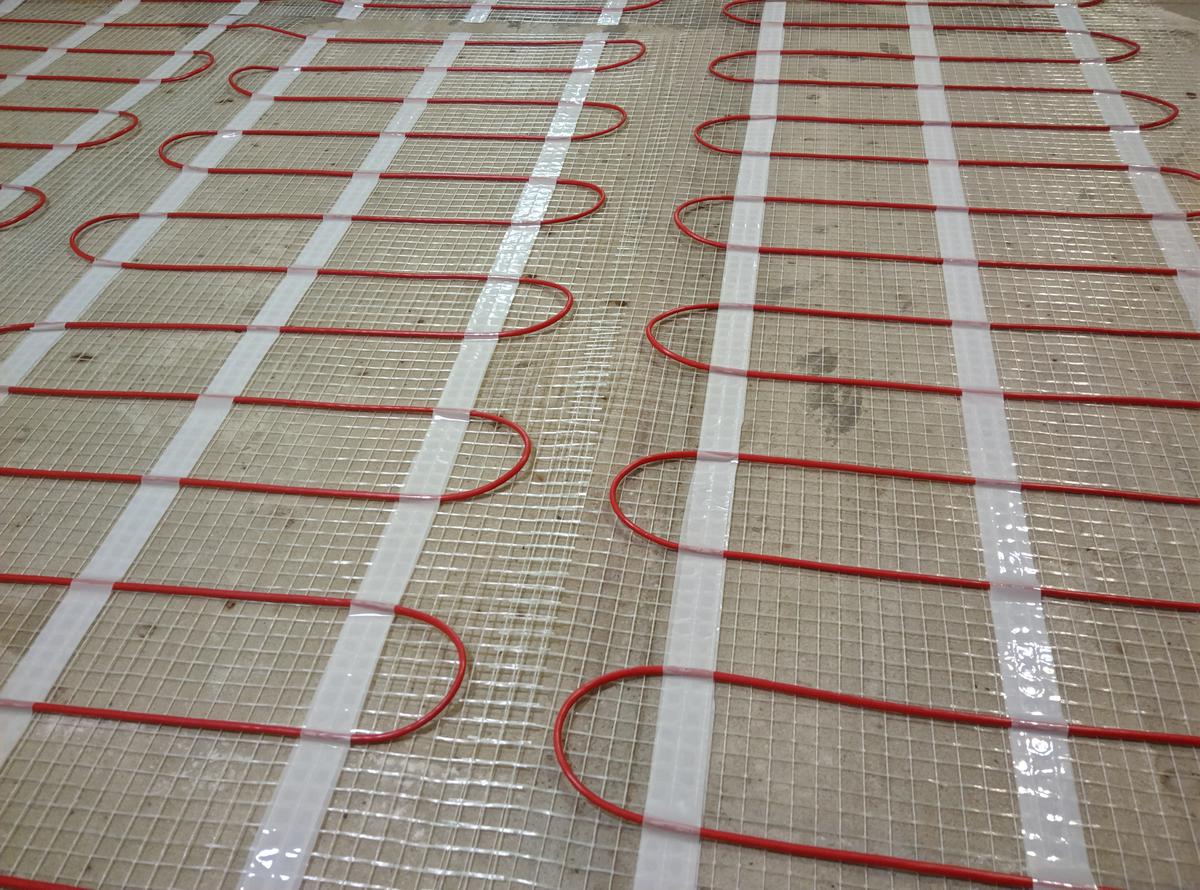
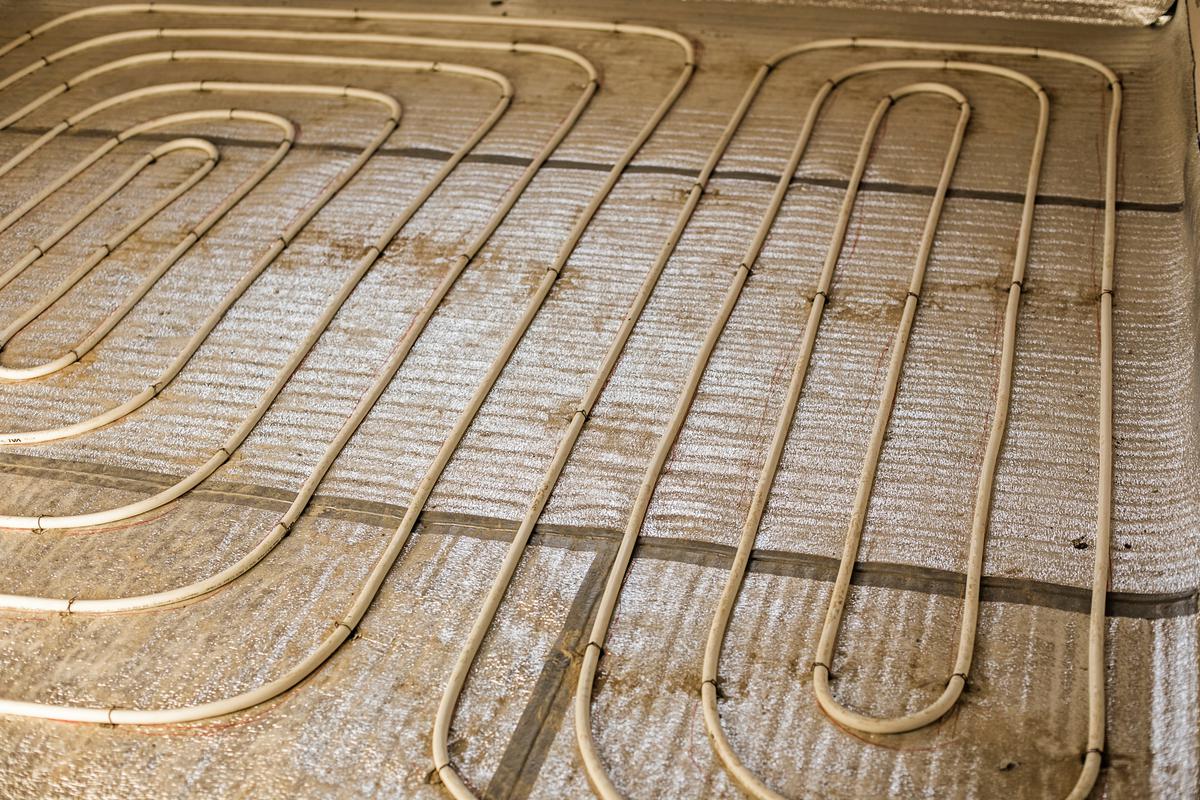
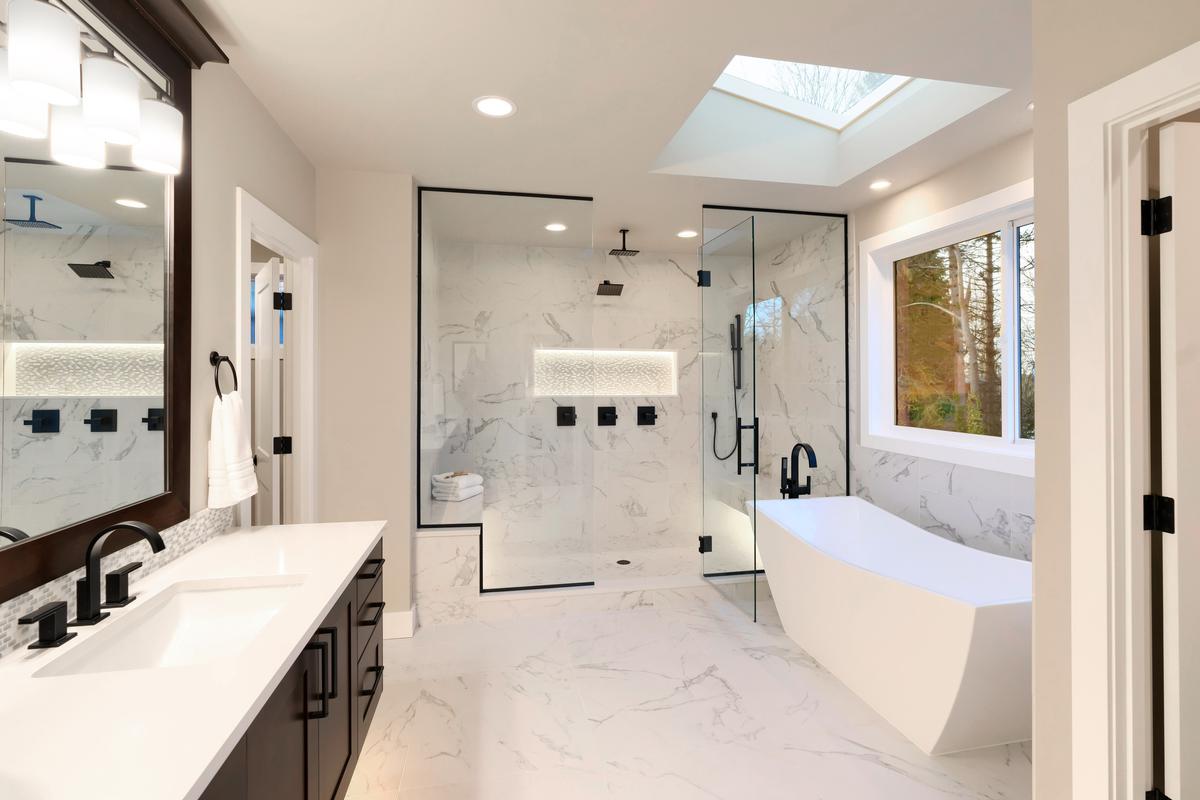
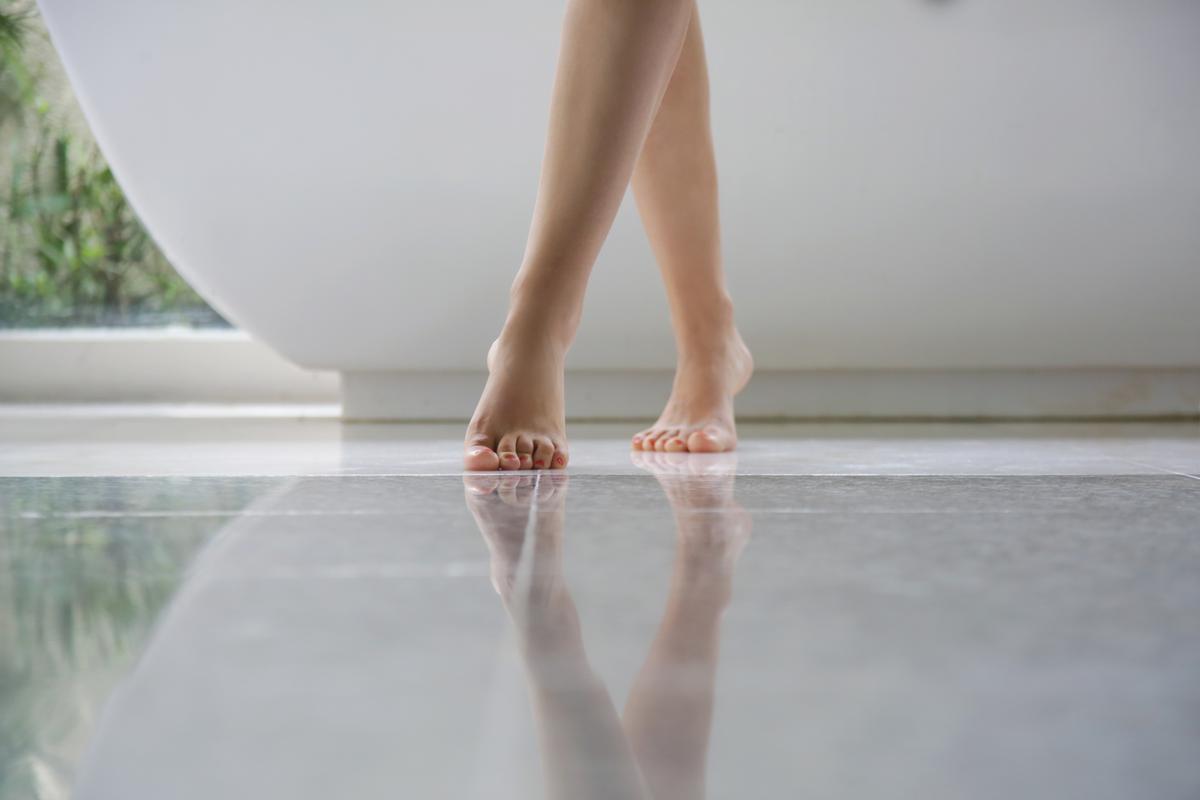
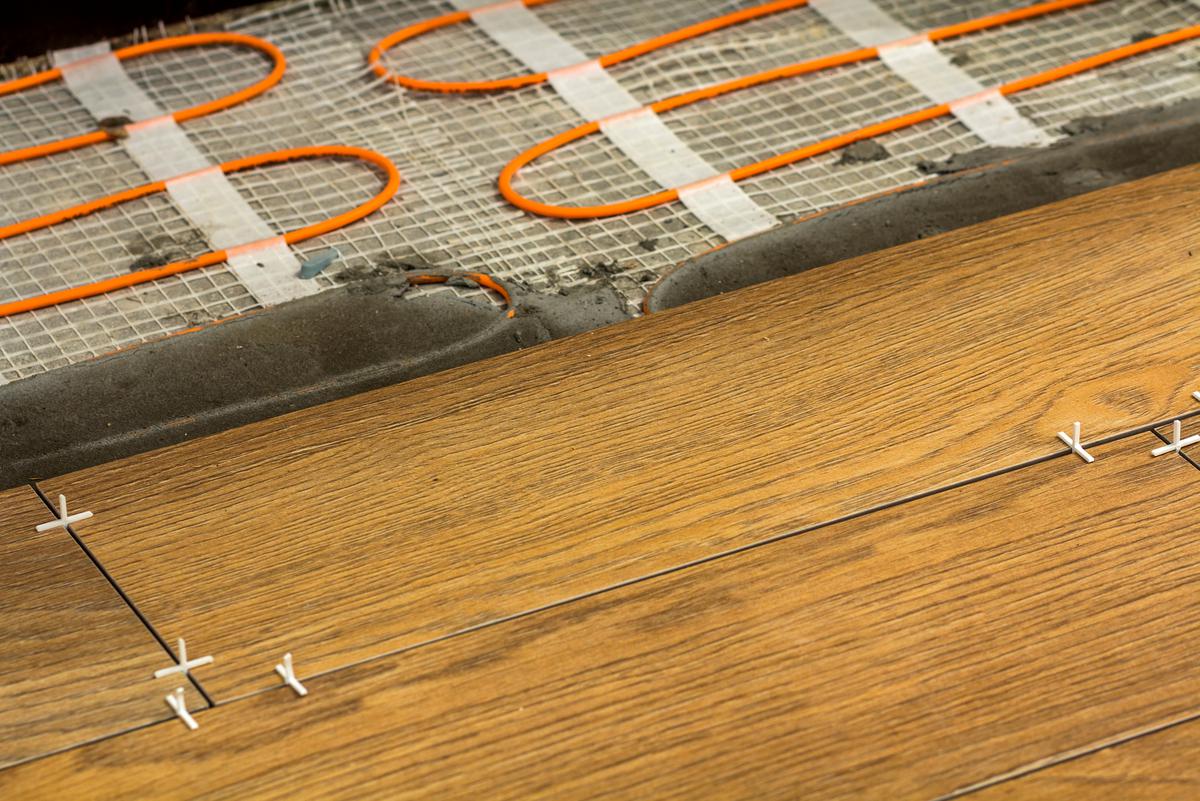
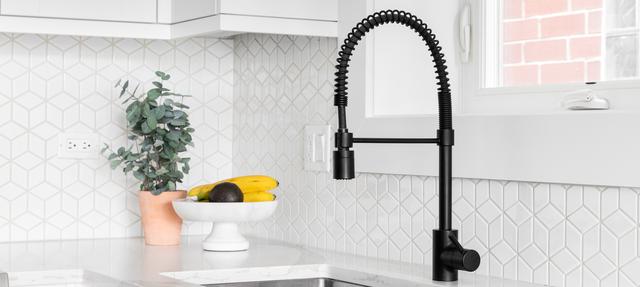
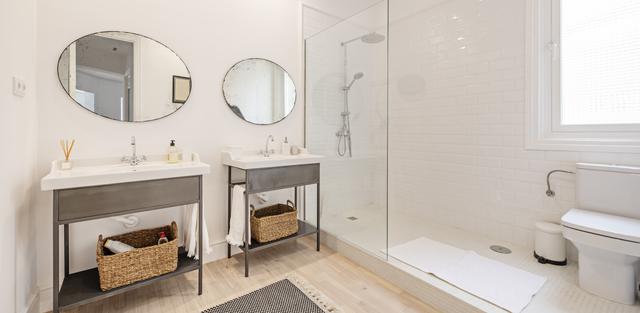
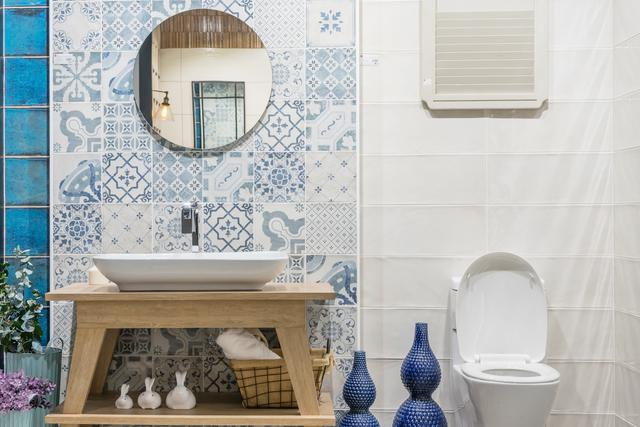
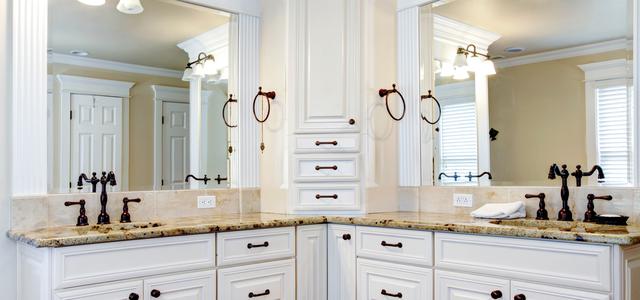
comments